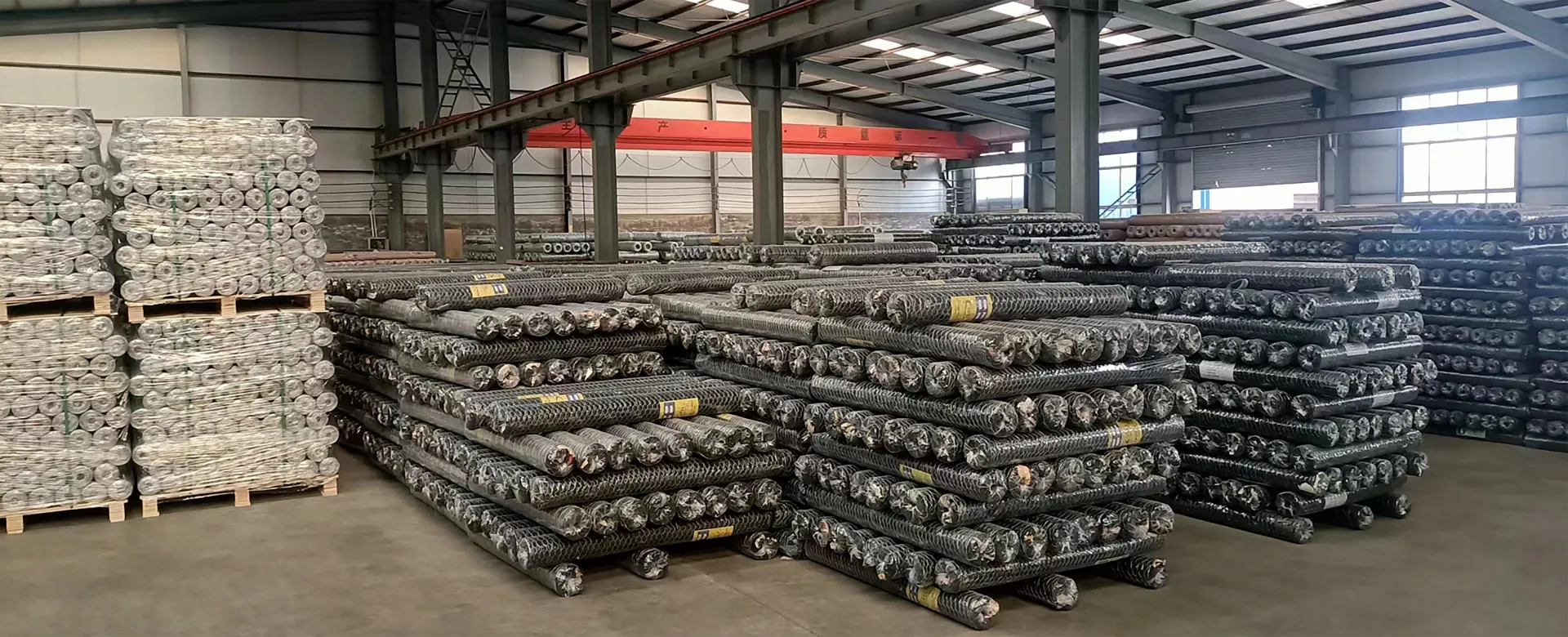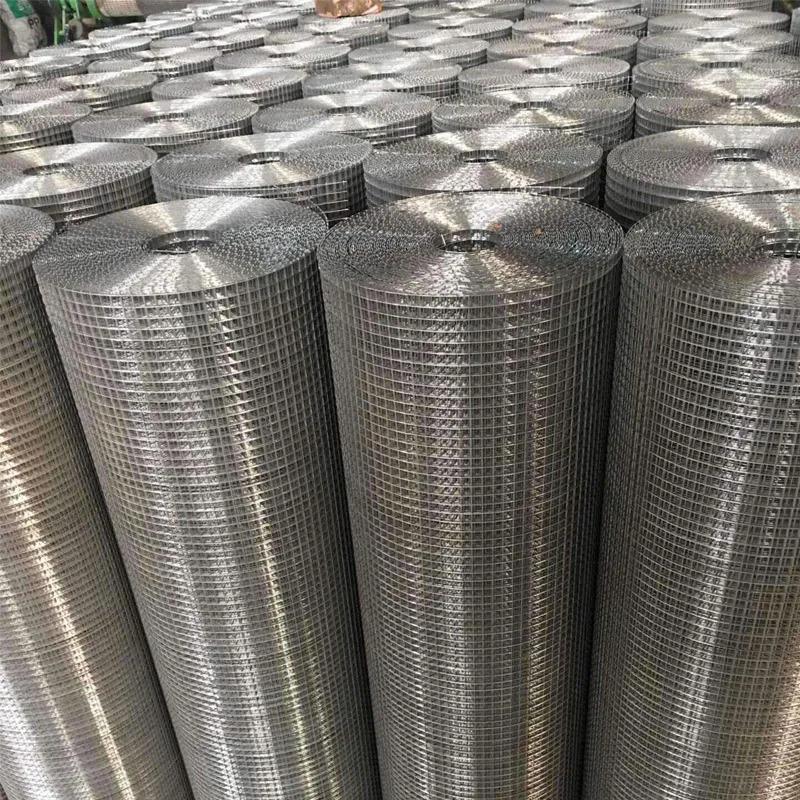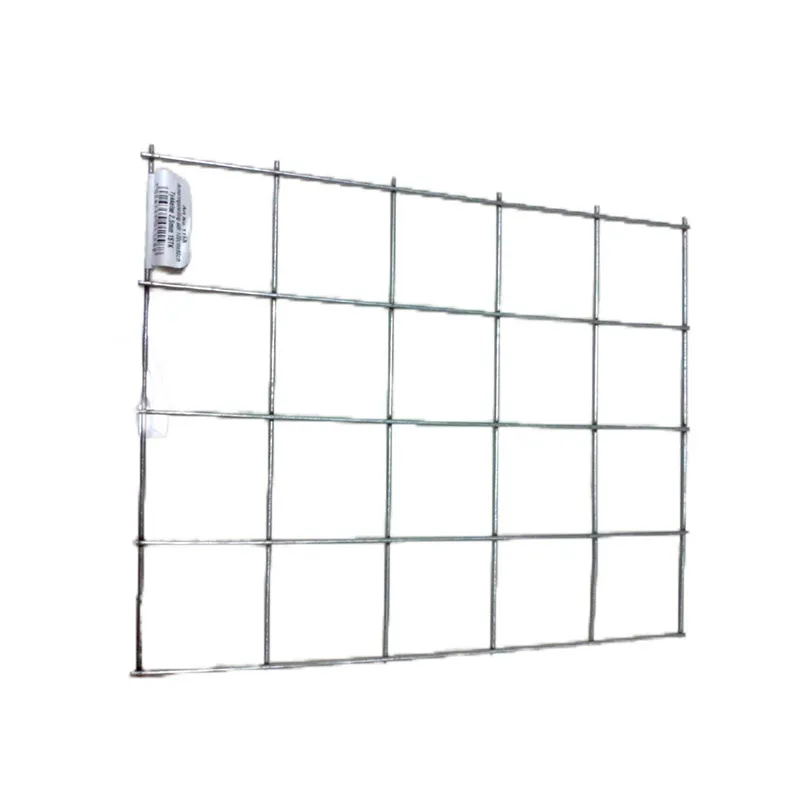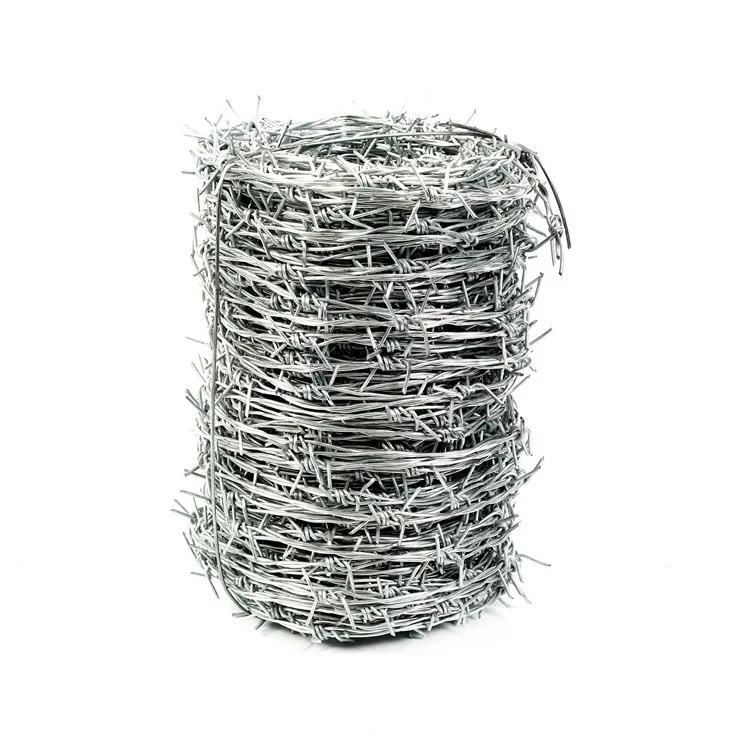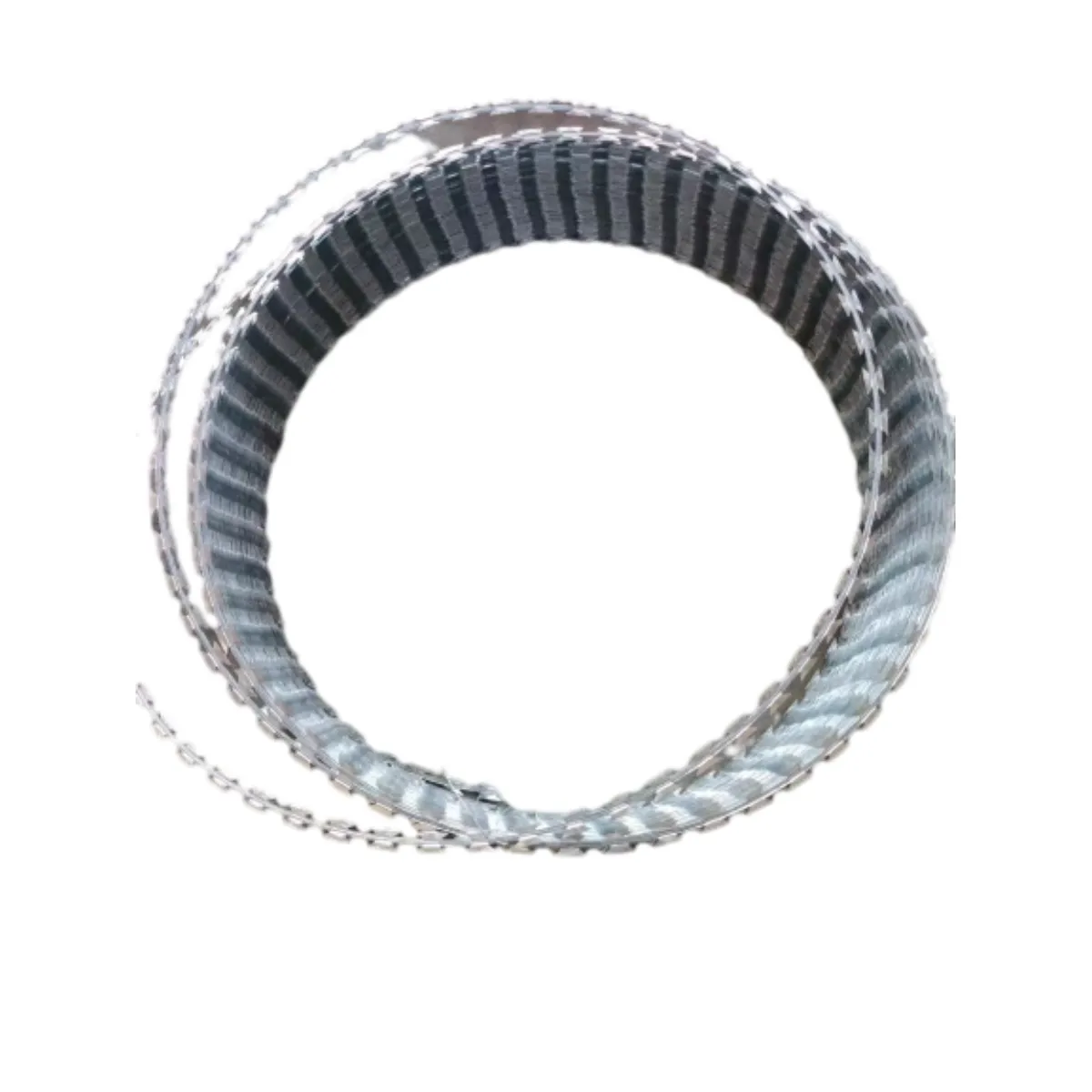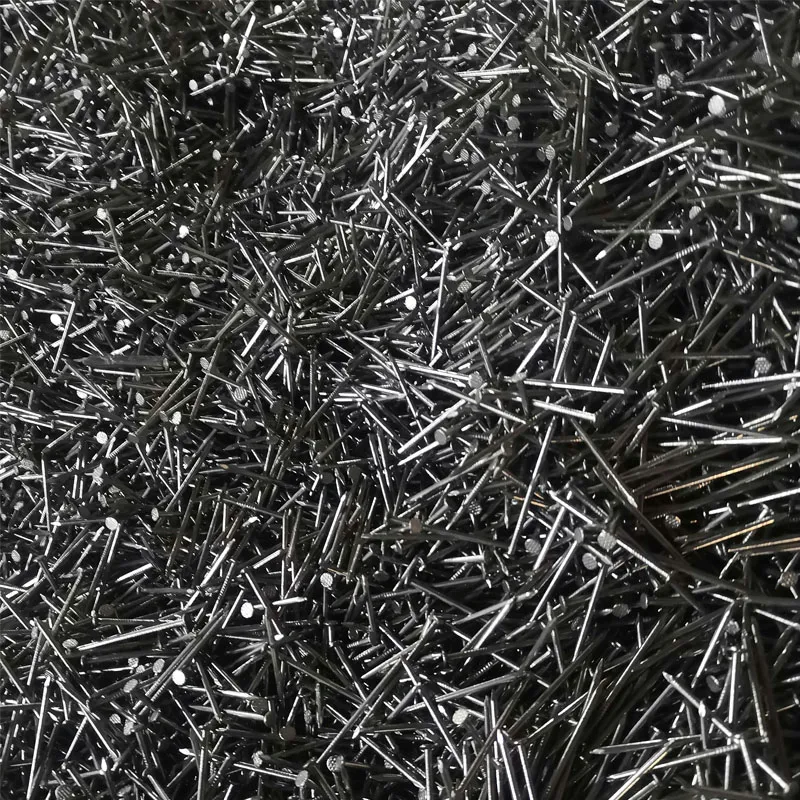Aug . 09, 2024 01:20 Back to list
Current Pricing Trends for Barbed Wire per Meter in the Market
The Price of Barbed Wire Per Meter A Comprehensive Overview
Barbed wire has long been a staple in fencing and security applications, serving as a barrier that is both effective and economical. With the rising demand for agricultural use, security fencing, and construction projects, understanding the price of barbed wire per meter is crucial for consumers and businesses alike.
Factors Influencing Price
Several key factors determine the price of barbed wire per meter. First, the material used in the production of the wire plays a significant role. Most barbed wire is made from high-tensile steel, which provides strength and durability. The cost of raw materials can fluctuate based on market conditions, affecting the final price. Prices for steel can vary widely depending on global demand, tariffs, and mining activity, creating a ripple effect in the barbed wire market.
Second, the gauge or thickness of the wire also impacts pricing. Thicker wire, measured in gauges, is generally more expensive due to the increased amount of material used. For instance, a 12-gauge wire—commonly used in agricultural fencing—will be priced higher than a 14-gauge wire because it offers enhanced strength and resistance to bending and breaking.
Types of Barbed Wire
Barbed wire comes in various types, each serving different purposes. For example, standard barbed wire is often used in agricultural settings, while barbed wire with additional coatings, such as galvanized or PVC-coated wire, may be used for added rust resistance and aesthetic appeal. Such specialized wires typically come at a higher price point due to the extra processing involved.
barbed wire per meter price

Another variation is razor wire, which is often used for high-security areas. Because of its design and additional safety features, razor wire can be significantly more expensive than traditional barbed wire. Knowing the specific application and the appropriate type of wire is essential for making an informed purchase.
Regional Pricing Variations
Pricing can also vary significantly based on geographic location. In areas where local manufacturing exists, prices may be lower due to reduced shipping costs. Conversely, in regions that rely on imports, additional freight charges, tariffs, and taxes can increase the price of barbed wire per meter.
For example, in the United States, the average price of barbed wire ranges from $0.15 to $0.50 per meter, depending on the gauge and type. However, in countries with less robust manufacturing capabilities, prices might rise to $1.00 per meter or more, reflecting the cost of importation.
Conclusion
When considering the purchase of barbed wire, it's important to assess not only the price per meter but also the specific requirements of your project. Evaluate the material, type, and local market conditions to gauge a fair price. Additionally, purchasing in bulk can often lead to discounts, making it more financially feasible for larger projects. Barbed wire serves as a practical solution for many fencing needs; understanding its pricing will allow consumers to make informed choices while ensuring safety and security.
As trends evolve and the demand for fencing solutions continues to grow, staying informed about market fluctuations and prices will be vital. Whether you're a farmer needing a perimeter fence or a business looking to secure a property, knowing the implications of barbed wire pricing can lead to better purchasing decisions and ultimately, greater security and peace of mind.
-
Weather Resistance Properties of Quality Roofing Nails
NewsAug.01,2025
-
How Galvanised Iron Mesh Resists Corrosion in Harsh Environments
NewsAug.01,2025
-
Creative Landscaping Uses for PVC Coated Wire Mesh Panels
NewsAug.01,2025
-
Common Wire Nail Dimensions and Their Specific Applications
NewsAug.01,2025
-
Choosing the Right Welded Wire Sheets for Agricultural Fencing
NewsAug.01,2025
-
Anti - Climbing Features of Razor Wire Barriers
NewsAug.01,2025

